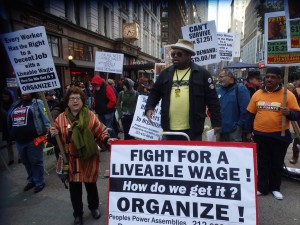So, listen — ITPN won’t bash. We won’t ridicule, although our country’s known for plenty of political and celebrity satire (how about that comb-over?). But Donald Trump does know the ins and outs of business and finance in a big way, so far be it from us to criticize the Donald for something as grand a scale as this new tax plan he’s proposing as a bid to increase his candidacy on the Republican side.
But we’ll play devil’s advocate here…. It’s only fair. You want to know what’s up with Donald Trump and his new tax plan? Here’s some inside interpretation and speculation about what can happen to you if the Donald’s elected and proposing this new tax plan:
Donald Trump and His New Tax Plan: Huge, Expensive…. And Risky
As Donald Trump would say, you’ve got to think “big.” And this tax plan of his is definitely big. There are a few problems that could arise from implementing this tax plan, although on the surface it does sound good. For starters….
- Will It Benefit the Job Economy? Donald Trump Says Yes — We honestly say ‘no’. At least for many Americans at a certain tax bracket. Want to know why the job economy will suffer? Click here.
- This Will Be a Tax Plan Costing Trillions of Dollars! — Think about it. Tax revenue is necessary for the government to operate. Why will this plan cost trillions? Find out for yourself….
- Everyone Gets a ‘Piece of the Pie’ — Sure, it sounds good to share the wealth, so to speak; but, honestly, you have to know: when it comes to taxes, you can’t please everyone (and you shouldn’t — or can you?).
We Understand, Donald Trump: You Want to Please Everyone
After all, everyone pokes fun at you — the cost of being in the public life as a candidate for, well, public office, and for several other figures in today’s news. Sure, he ends up looking like a whiny baby, and truth be told…. The man might have something here.
That tax plan looks very much like your typical GOP plan with the standard tax cuts and deduction limits you’d expect, but when you learn just by how much this tax plan of Donald Trump goes way out there in a black hole of a financial vacuum, you begin to wonder — will we swallow ourselves up in more debt just for the sake of enjoying our money? Are we putting too much faith like Pope Francis in the prospect of people wanting to spend their hard-earned dollars they’ve kept due to personal finance excellence, perhaps stimulating the economy and maybe looking to advance careers? Possibly.
Talk about a financial leap of faith there. Even Ahmed Mohamed sees this as a “clock” that might not ‘work’ like it should…. Want help with your finances and taxes? Click here to make sure your “clock” continues to work!
Share
Follow Us!


